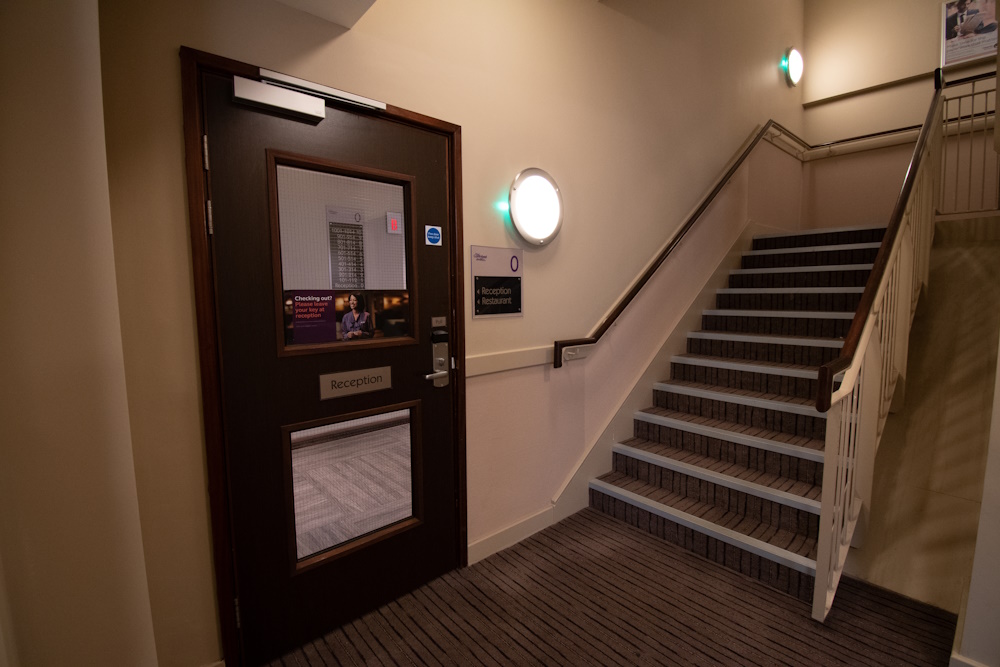Fire doors play a vital role in safeguarding lives and property by limiting the spread of fire
Fire doors are crucial in preventing fire and smoke spread to guarantee safe evacuations. Proper installation and maintenance are necessary to ensure effectiveness. A certified professional must install fire doors in compliance with building regulations.
Door closer, hinges, and locks should also be suitable and properly installed. Regular inspection and maintenance are critical for proper functioning; ensure the door and frame are in good condition, the seals are intact, and the door operates smoothly. Repairs must be handled by a qualified person.

Appropriate accreditations
Staff accreditations are essential because they ensure that the staff members have the necessary skills and knowledge
Committed and dedicated team
Our team work together, take individual responsibility, put in extra effort, and sacrifice personal time to meet deadlines
Monitoring and estimating
Systems for estimating such as ERP are important tools in our trade as they help us plan and execute projects
We get the job right first time
By planning and preparing as much as possible, we know we're going to get the job done right the first time
Good work ethics and values
All of our staff work to strict guidelines governing their approach to work including punctuality and commitment
One stop shop
By employing staff from a range of various trades, we're able to simplify the buying process

Fire doors are constructed with specific features that allow them to withstand the harsh conditions of a fire. These features include fire-resistant materials, such as metal, gypsum, or timber, which are chosen based on their ability to resist heat and structural integrity.
The doors are equipped with intumescent seals that expand under heat, forming a tight seal between the door and frame, preventing the passage of smoke and flames.
Additionally, fire doors often have self-closing mechanisms, such as automatic door closers or spring hinges, ensuring they remain closed and functional during a fire.
Fire doors are subject to stringent regulatory requirements and standards that vary by jurisdiction. In many countries, building codes mandate the installation of fire doors in specific locations, such as stairwells, corridors, and fire-rated partitions. These codes define the fire resistance rating that doors must meet, indicating the duration for which they can withstand fire. Common fire resistance ratings include 30 minutes, 60 minutes, and 90 minutes.
To ensure compliance, fire doors must be regularly inspected and maintained by qualified professionals. Inspections typically involve checking the condition of the door and its components, verifying the functionality of the closing mechanism, inspecting seals for integrity, and ensuring proper clearance between the door and frame.


